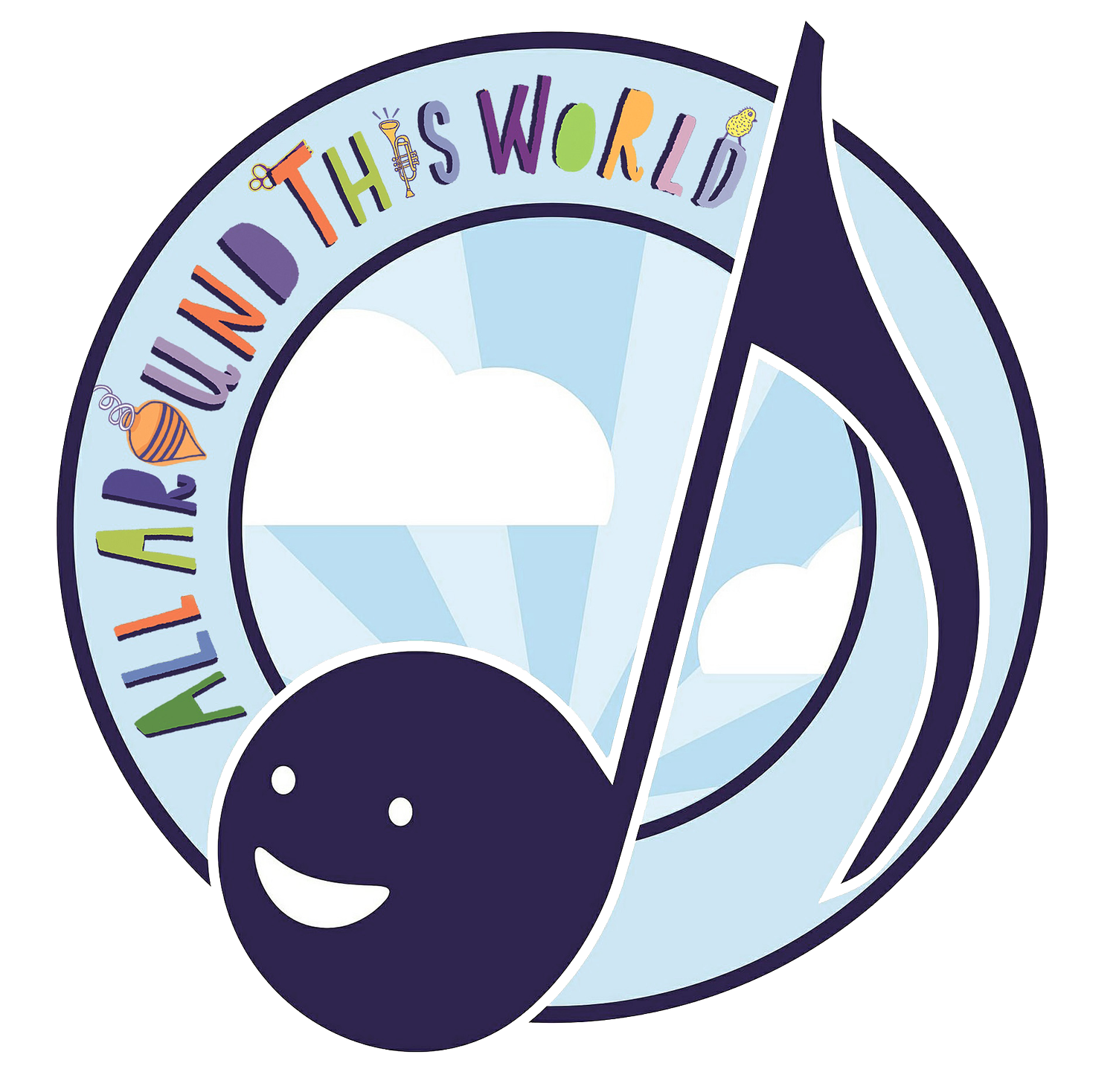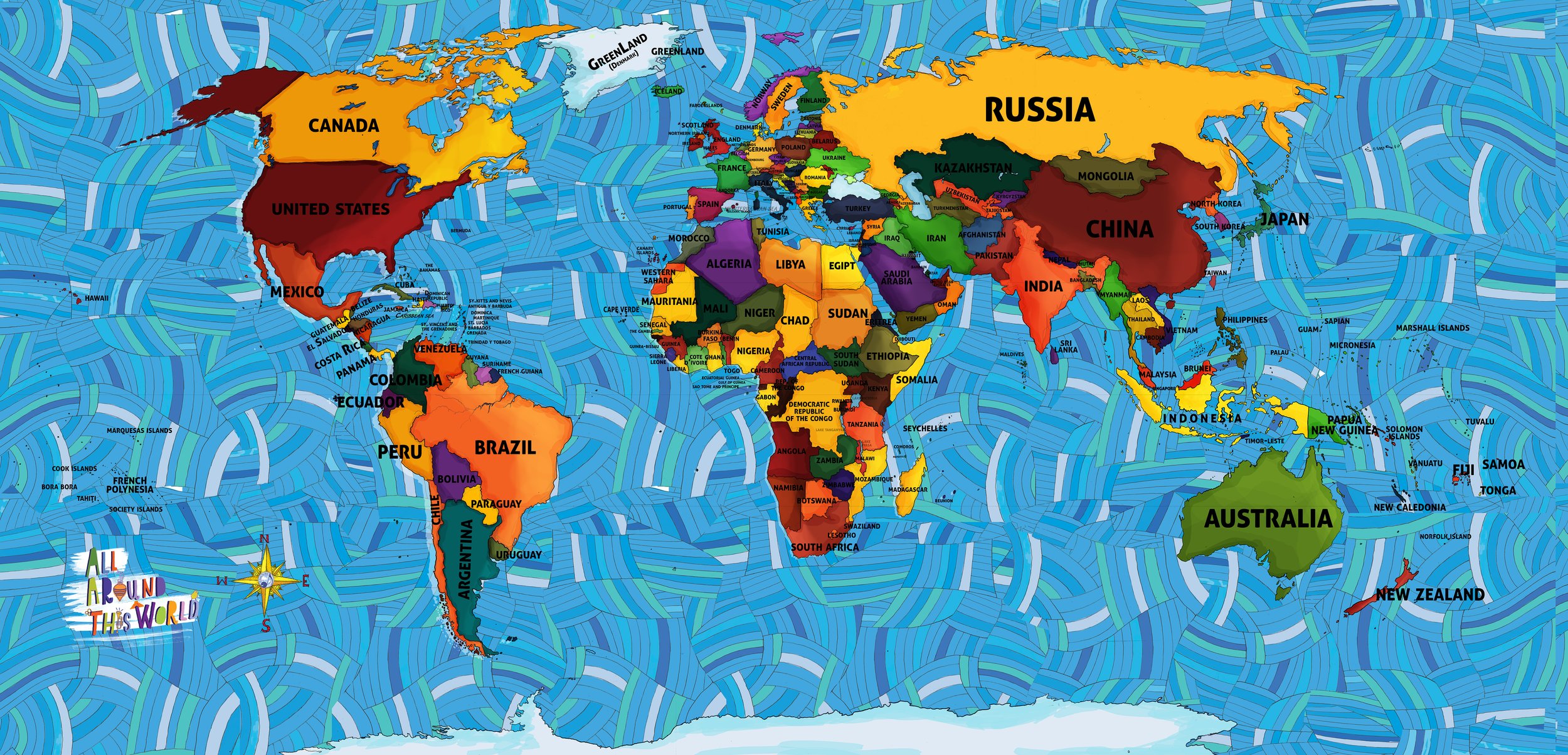U.S. & CANADA SALSA MUSIC
At first many of the top Latin artists scoffed at the term--Tito Puente famously said, "The only salsa I know is sold in a bottle called ketchup. I play Cuban music"--but over time this marketing term morphed into an expansive yet actual cultural/musical movement. Did Fania take music that originated in many countries around the Spanish-speaking world, jumble it into a unified "Latin" musical form and try to market it internationally? All sign points to Yes. In doing so, did it ultimately manufacture a genre about which musicians such as trumpeter Willie Colón could make statements like, "Salsa was the force that united diverse Latino and other non-Latino racial and ethnic groups," and generally be telling the truth? Fania did that too.
Mis amigos, we are going to dance! Salsa is a transcendent musical genre that owes much to Cuban, Puerto Rican and other Latin music genres, but essentially developed in the 1970s in New York City. "Salsa music" actually began as a marketing concept by a record company that wanted to sell a lot records by creating a pan-Latin cultural movement. It eventually became a real pan-Latin cultural movement that just happened to sell a lot of records. What could be more American than that?
Salsa first appeared as a distinct genre in the late 1960s and '70s when New York City-based Fania Records, which specialized in “Latin music,” promoted its artists throughout Latin America as the bearers of a border-busting, pan-Latin, multi-ethnic sound. Salsa relied heavily on Cuban rhythms and instruments common in Cuban music, such as horns (trumpets, trombones) and hand drums like bongos, congas and timbales. It blended forms from around the region, such as Puerto Rican plena and bomba, and washed the whole invention in American jazz.
IN CLASS WE…
EXPLORE THE U.S. AND CANADA WITH…
-

-
DANCES, HOLIDAYS AND FUN!

THE U.S. AND CANADA
ALL AROUND THIS WORLD’S SONGS AND LESSONS
Click on the map to meet any region of the world.


